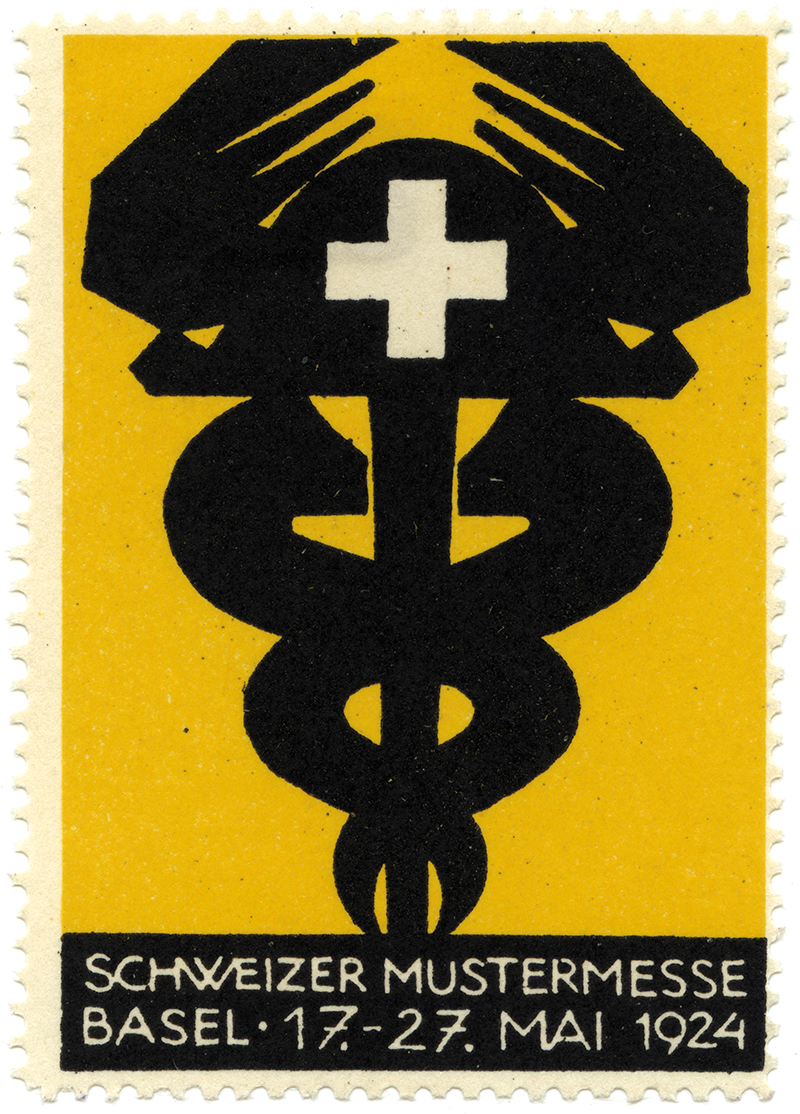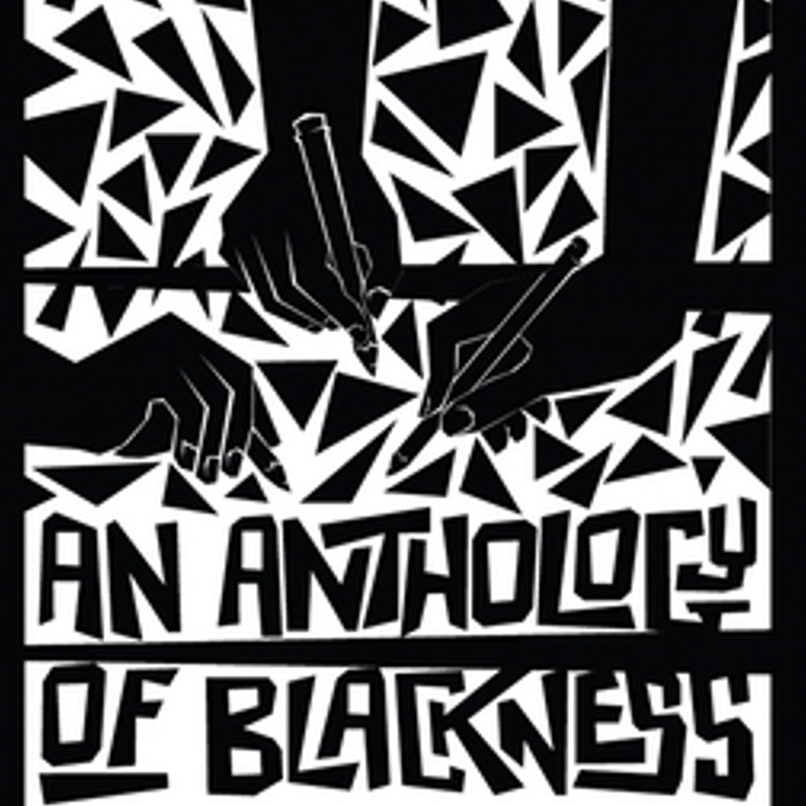
May 3, 2017
Cosmos of Signs
The following is the foreword to Symbols: A Handbook for Seeing by Mark Fox and Angie Wang, published by The Monacelli Press, 2016. This forward and the images are reprinted here with permission of the publisher.

When exploring the expanse of signs and symbols, it becomes perfectly clear that each one has multiple interpretations. Each sign is a reflection or variant of another, and meanings multiply. From a very few erupts a whole cosmos. The universe of signs and symbols devised throughout the ages of human history is head-spinningly immense and forever expanding. It may be finite, but we still can’t see its limit. Like the stars, some of these signs and symbols are likely to burn bright, fade, and die, destined to be adapted or replaced by new ones.
Every society, culture, and tribe has contributed some transformative symbolic icon, developed over time, that embodies greater significance and existential power than the literal image or thing itself. Carl Jung called these life-defining symbols “archetypes”—subconscious yet universal “primordial images” with collective resonance and deep psychic ramifications. In other words, human existence depends to a large extent on navigating and learning from signs and symbols. Our survival has depended on the instinctual and intellectual deciphering of visual cues, because they are the markers of caution and proscription, as well as of edification. Not surprisingly, many of these archetypes are the basis for and components of how corporations, institutions, political parties, social movements, and religions pictorially and wordlessly communicate or brand themselves to the world.

Photo © 2016 Mark Serr
As designers who specialize in trademarks, Mark Fox and Angie Wang work intensely in the realm of symbolism, and their years of experience and research have driven them to the task of identifying, categorizing, and explaining the multiple meanings of seminal archetypes. Some are so familiarly ingrained in our minds that we take them for granted; others contain so many alternative meanings that it can be difficult to fully comprehend their root symbolism. While neither a single book nor the entire interweb can contain every significant symbol, this book is a splendid and encompassing primer.
The daunting task of deciding which symbols to include, and what artifacts best represent them, might have given a case of vertigo to even the great interpreter of symbols, Joseph Campbell. This foundational and inspirational volume is all the more relevant in our digital age, when the references and meanings of common signs and the introduction of new icons and memes have fused into a fluid global language. Images in the collective unconscious have merged into a more popular cultural understanding. The classical and the commercial, the cultured and the crass, the high and the low, and every level in between—we have become symbol gluttons, and are engorged with marks that represent reality and fantasy. One sign invariably leads to another, forming a curiously woven web of symbols with alternative and sometimes contradictory meanings. Yet it is precisely how and why charged signs, like the swastika and serpent, at the same time signify such opposing realities—good and bad—that makes this study so compelling and important for the cause of visual literacy.

Serpants as symbols. LEFT: Collection of the authors. RIGHT: Library of Congress, LC-USZC4-5315
Signs and symbols are sometimes derived from an entity (or deity), or they are embraced by consensus of the mass. Or these processes become intertwined. My favorite example of this (although not addressed in this volume) is the crescent moon that was frequently cut into the doors of outdoor privies which, over time, became the universal symbol for an outhouse. As one of our most ancient and venerable cosmic symbols, its original range of meanings included the twenty-eight-day menstrual cycle, pregnancy, and fertility in general. Yet it was nineteenth-century cartoonists who transformed this into the comic symbol for the archetypal outhouse. In their entries for the Moon in this volume, Fox and Wang offer a range of yet more lunar associations, including fickleness, instability, and lunacy, based on the moon’s mystical place in the heavens. My favorite reference is the phrase “pissing on the moon,” a Dutch proverb warning against unattainable goals.
The meanings multiply. When contemporary designers, artists, or writers employ symbols to communicate messages, it is useful for them to know that some meanings can conflict with each other. That Horns/Antlers, for example, can represent power and virility (the phallus), but also feminine generative powers—from whence comes the horn of plenty. Reading and comprehending signs and symbols can be as difficult as absorbing any new verbal and textual language. Interpreting—or projecting—a sign correctly, however, can mean the difference between praise and condemnation, success and failure, life and death. Very few signs and symbols are as crystal clear as the common roadway STOP sign, and the beauty of this book is showing that symbolic language is not concise and univocal, but fluid, contradictory, and richly endowed with narratives both past and present.

Triangles as symbols. LEFT: Library of Congress, LC-DIG-ppmsca-03954. RIGHT: Photo © 2012 Mark Serr.

Animals as symbols. LEFT: Library of Congress, LC-DIG-highsm-02758. RIGHT: Photo © Mark Serr.

Photo © Mark Serr.
Observed
View all
Observed
By Steven Heller
Related Posts

Sustainability
Delaney Rebernik|Books
Head in the boughs: ‘Designed Forests’ author Dan Handel on the interspecies influences that shape our thickety relationship with nature

Design Juice
L’Oreal Thompson Payton|Books
Less is liberation: Christine Platt talks Afrominimalism and designing a spacious life

The Observatory
Ellen McGirt|Books
Parable of the Redesigner

Books
Jennifer White-Johnson|Books
Amplifying Accessibility and Abolishing Ableism: Designing to Embolden Black Disability Visual Culture
Recent Posts
“Dear mother, I made us a seat”: a Mother’s Day tribute to the women of Iran A quieter place: Sound designer Eddie Gandelman on composing a future that allows us to hear ourselves think It’s Not Easy Bein’ Green: ‘Wicked’ spells for struggle and solidarity Making Space: Jon M. Chu on Designing Your Own PathRelated Posts

Sustainability
Delaney Rebernik|Books
Head in the boughs: ‘Designed Forests’ author Dan Handel on the interspecies influences that shape our thickety relationship with nature

Design Juice
L’Oreal Thompson Payton|Books
Less is liberation: Christine Platt talks Afrominimalism and designing a spacious life

The Observatory
Ellen McGirt|Books
Parable of the Redesigner

Books
Jennifer White-Johnson|Books

 Steven Heller is the co-chair (with Lita Talarico) of the School of Visual Arts MFA Design / Designer as Author + Entrepreneur program and the SVA Masters Workshop in Rome. He writes the Visuals column for the New York Times Book Review,
Steven Heller is the co-chair (with Lita Talarico) of the School of Visual Arts MFA Design / Designer as Author + Entrepreneur program and the SVA Masters Workshop in Rome. He writes the Visuals column for the New York Times Book Review,